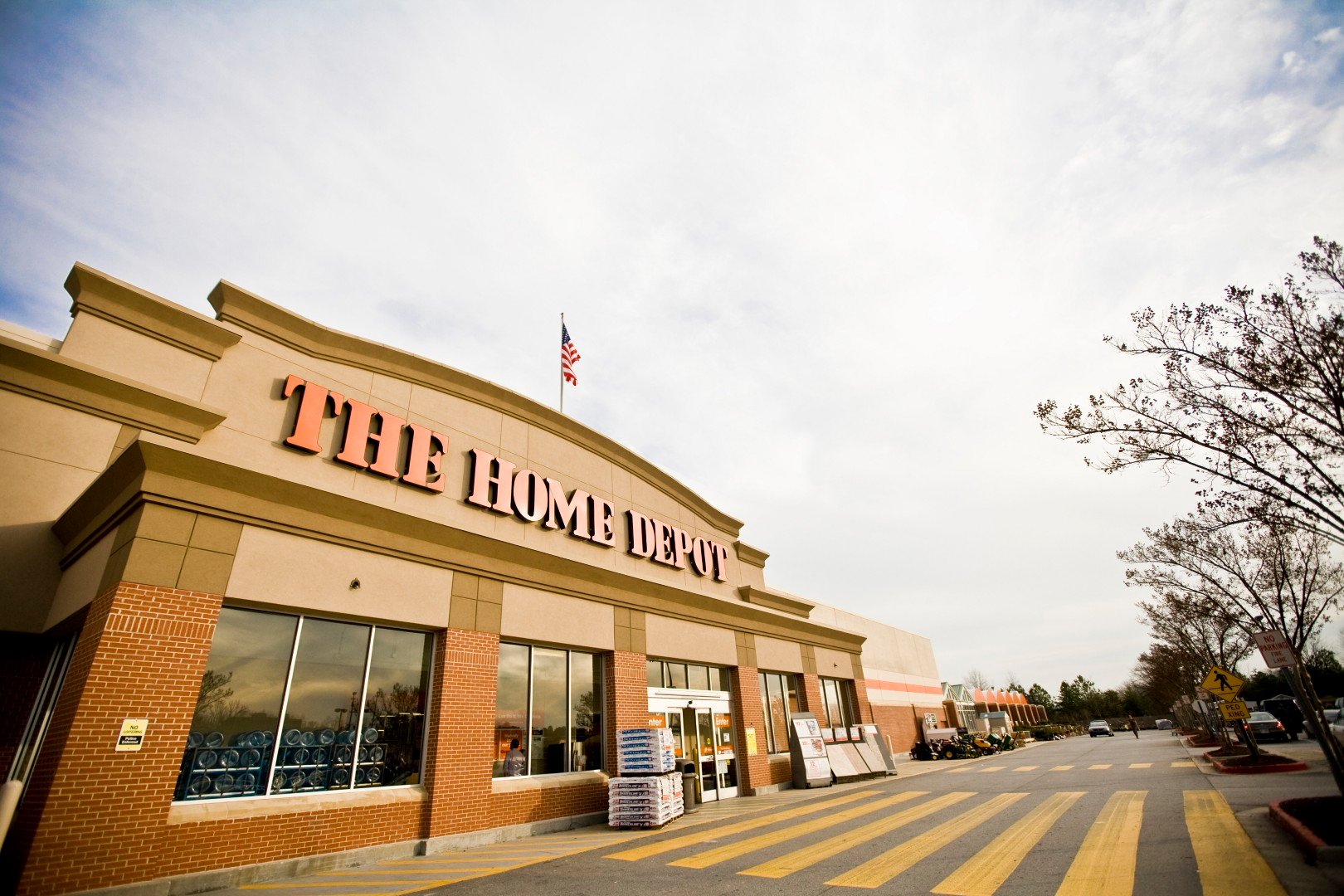Home Depot (HD +4.19%) stock has been a pretty good investment over the years. If you had invested roughly $120,000 in the stock 11 years ago, you would have a million dollars today. That is a compounded annual return of 21%.
Home Depot is already making millionaires out of long-term investors, but does it still have room to grow?
Realistic expectations
Many of us don't have $120,000 to put into one stock, and even if we did, it would not be practical to expect Home Depot to continue growing above 20% annually for the next decade. Moreover, the contraction of economic activity induced by the coronavirus outbreak will make achieving double-digit returns increasingly challenging.

A Home Depot employee organizing shelves. Image source: Home Depot.
Adjusting to the coronavirus outbreak
Home Depot, like many other businesses, has made several adjustments to deal with the coronavirus outbreak. Importantly, stores have been kept open, but for reduced hours. Additionally, it decided to cancel spring promotions to reduce the number of people coming to the stores. And finally, it's limiting services and installation to those that are essential for maintenance and repairs.
Home Depot has the privilege to continue serving customers while so many other businesses have had to shut down operations. Furthermore, the company employs more than 400,000 associates. Keeping its doors open means people get to keep their jobs.
Staying open is one thing; having items to sell is another. That is precisely the concern one analyst brought up in Home Depot's fourth-quarter conference call to which the CEO Craig Menear responded, "It's a [greatly] fluid situation that we're monitoring closely, and all of our goods for Q1 are essentially onshore or on their way. So, we're feeling pretty good about that situation."
It appears that as long as the outbreak is contained within the first quarter, inventory will not be an issue. However, if the crisis lasts longer, then securing items to offer might start to become a challenge.
Long-term prospects
Home Depot is one of a few brick-and-mortar retailers that are keeping shoppers coming to their stores. Customers are by no means flocking to Home Depot in droves, but traffic is staying stable and even growing ever so slightly. The visits are driven by the type of inventory the company carries. Offering essential items to maintain your home, plug a leak, fix a roof, or unclog a toilet when your kid tries to flush a stuffed animal -- these are things people need almost immediately when they need them.
The urgency and the gotta-have-it now nature of the items gives the company some protection against Amazon, which is getting incredibly fast at fulfillment but still is not close to the speed of going to your local store and buying the product. Even customers who buy online choose to pick up in-store 50% of the time for Home Depot.
The company is two years into the $11 billion multi-year investment in the One Home Depot experience. In its most recent conference call, CEO Craig Menear said: "We have more conviction than ever that these strategic initiatives are creating a value proposition that is unique to the marketplace and will extend our leadership position for years to come."
The focus on investment is aimed at improving the customer experience. To achieve that, the company will use five key strategies: Connect associates to customer needs, connect stores to online and online to stores, connect products and services to customer needs, connect the product to shelf, site, and customer, and innovate the business model and value chain.
What this means for investors
Shareholders can feel reassured when Home Depot management makes decisions on deploying capital. The company has been growing return on invested capital from 31.6% in 2016 to 45.4% in 2019.
Although the prospects look decent for the brick-and-mortar retailer, the dilemma remains -- it is a brick-and-mortar business, and the future for such firms is not bright.






